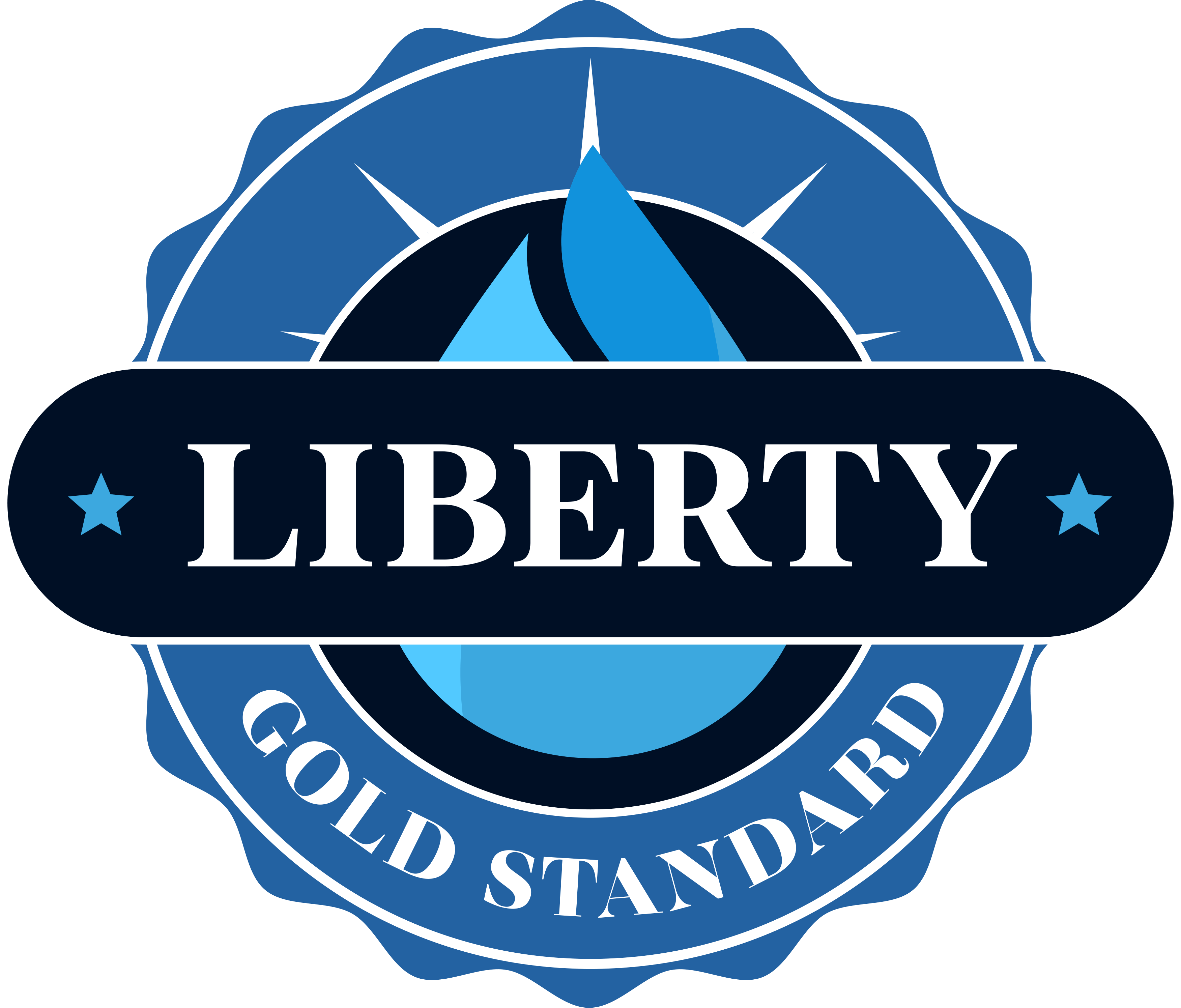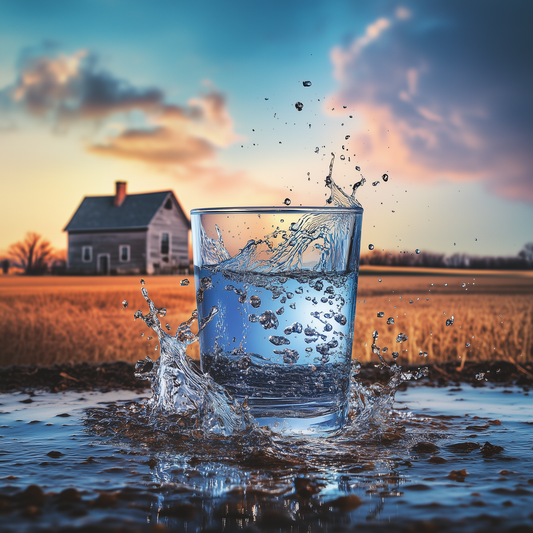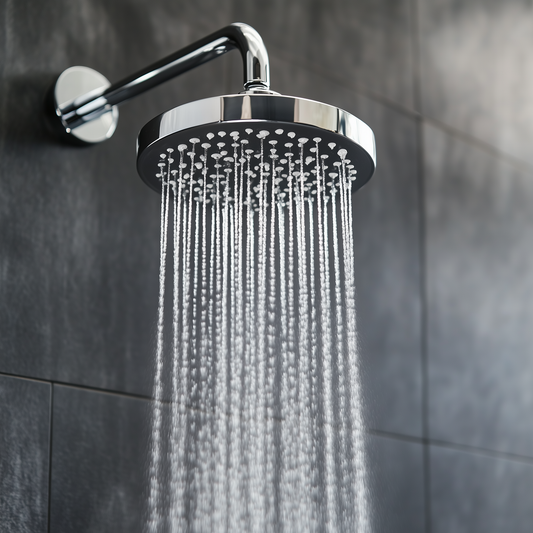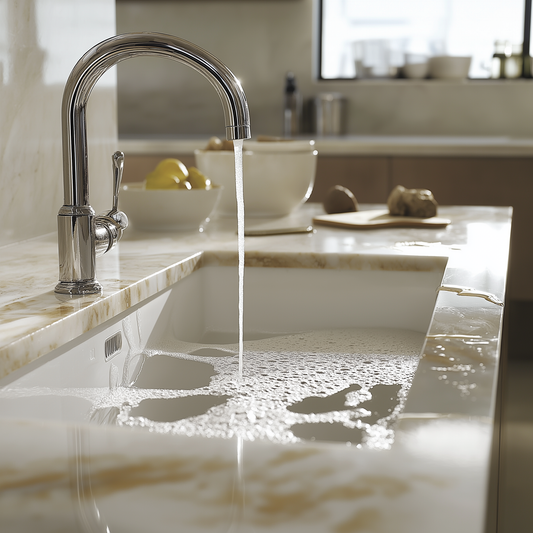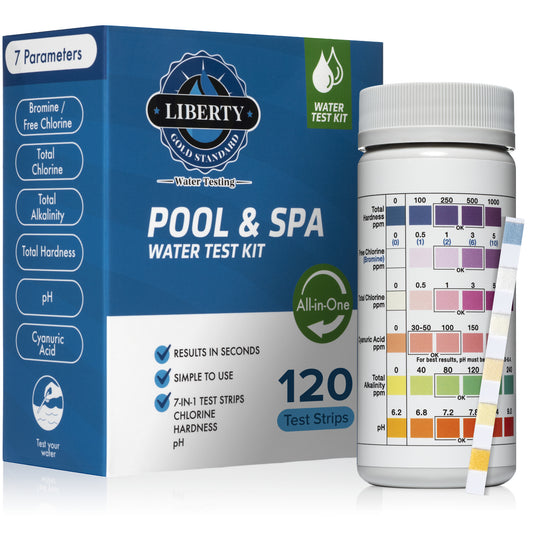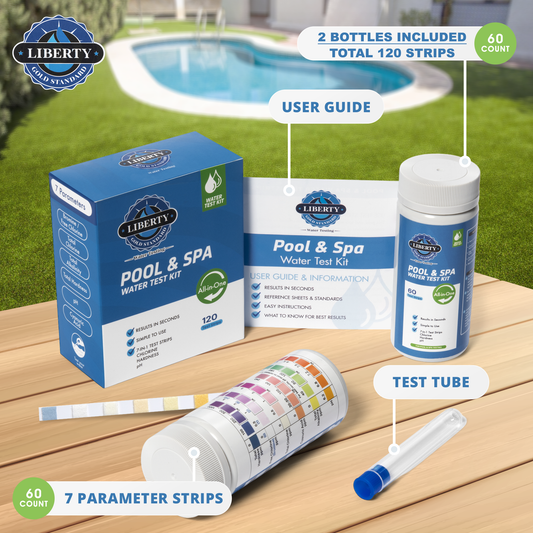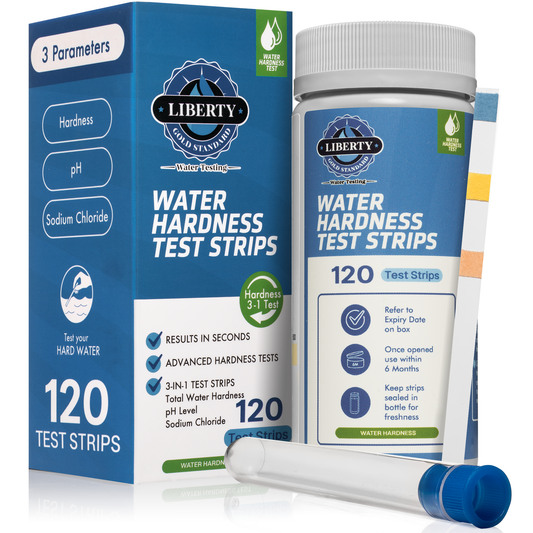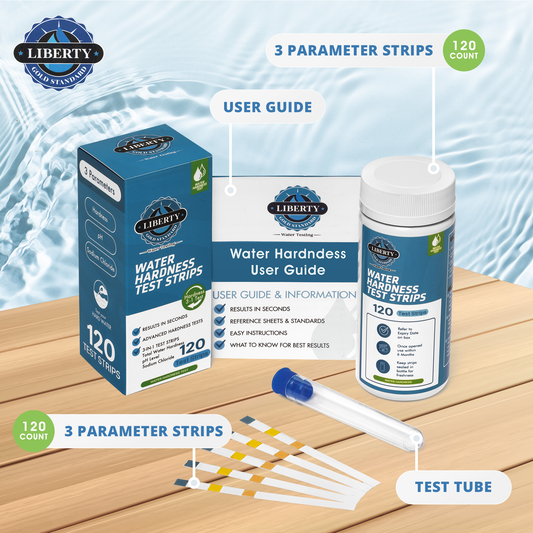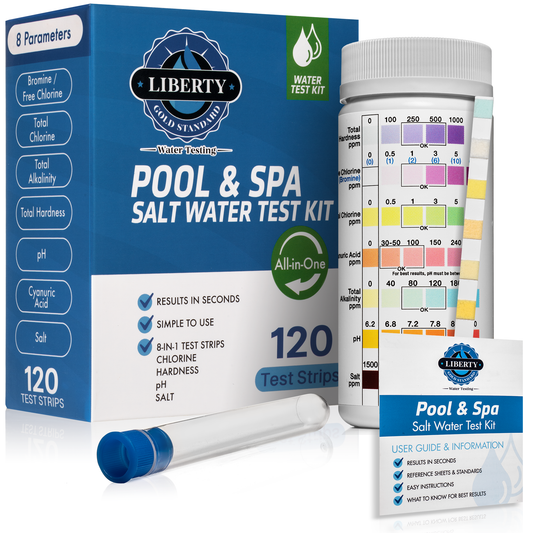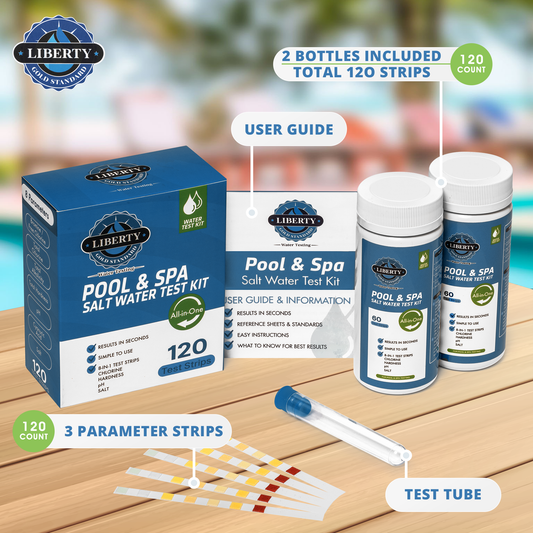For centuries, lead has been a convenient and readily available material for construction. Romans used lead pipes for their aqueducts, and the practice continued for millennia. However, what was once considered a practical choice turned out to have a dark side. Let's delve into the history of lead pipes, the dangers of lead poisoning, and how to ensure your home's water is safe.
A Convenient Choice, a Toxic Legacy:
Lead pipes were prized for their malleability, resistance to corrosion, and ease of use. They became a common building material for water supply lines, especially during the industrial boom of the 19th and early 20th centuries. While some concerns about lead's health effects were voiced as early as Roman times, the true dangers weren't fully understood until the mid-20th century.
The Silent Threat of Lead Poisoning:
Lead exposure, particularly through contaminated drinking water, can have serious health consequences. Children are especially vulnerable, as their developing bodies absorb lead more readily. Lead poisoning can lead to a range of problems, including:
- Learning disabilities and developmental delays
- Behavioral problems, like hyperactivity and aggression
- Hearing and vision problems
- Growth problems
- Damage to the brain and nervous system
Protecting Your Family: Testing is Key
Fortunately, awareness of the dangers of lead has led to regulations banning lead in plumbing materials since the 1980s. However, millions of homes built before this time may still have lead pipes. Here's how to know if your home is at risk:
- Know your home's age: If your home was built before 1986, there's a higher chance of having lead pipes.
- Check your pipes: Exposed pipes under sinks or in basements may be visible. Lead pipes are typically grey and dull, while copper pipes are shiny and reddish.
- Test your water: This is the most definitive way to identify lead in your drinking water. Consider using a home water testing kit like the Liberty Gold Standard Water Testing Kit. These kits are easy to use and provide reliable results for lead and other contaminants.
Taking Action for Safe Water:
If your water test reveals lead contamination, it's crucial to take action. Here are some steps you can take:
- Contact a qualified plumber. They can replace your lead pipes with safer alternatives like copper or PEX.
- Flush your pipes before using water for consumption. Run cold water for several minutes before drawing water for drinking or cooking.
- Consider using a water filter certified to remove lead. However, filtration is not a permanent solution and should be used in conjunction with pipe replacement.
By understanding the history of lead pipes and the dangers of lead poisoning, you can take control of your family's health. Testing your water with a reliable kit like the Liberty Gold Standard Water Testing Kit is a simple but crucial step towards ensuring safe drinking water in your home.
